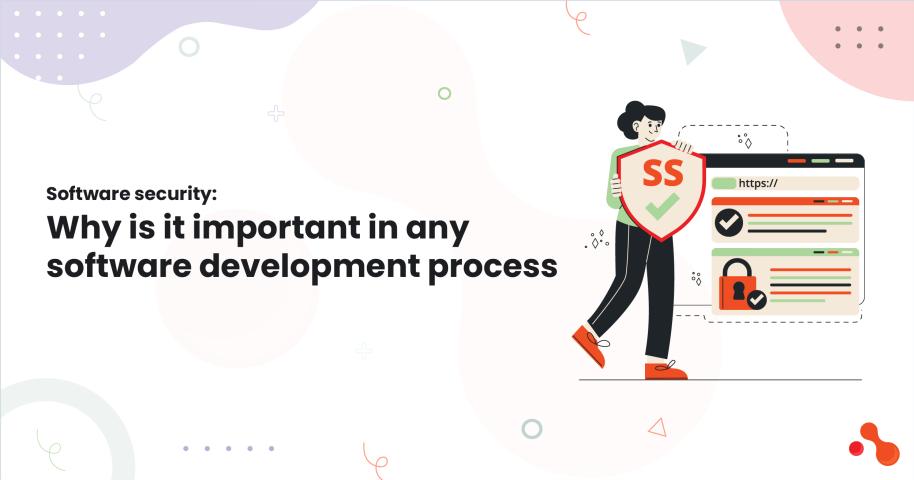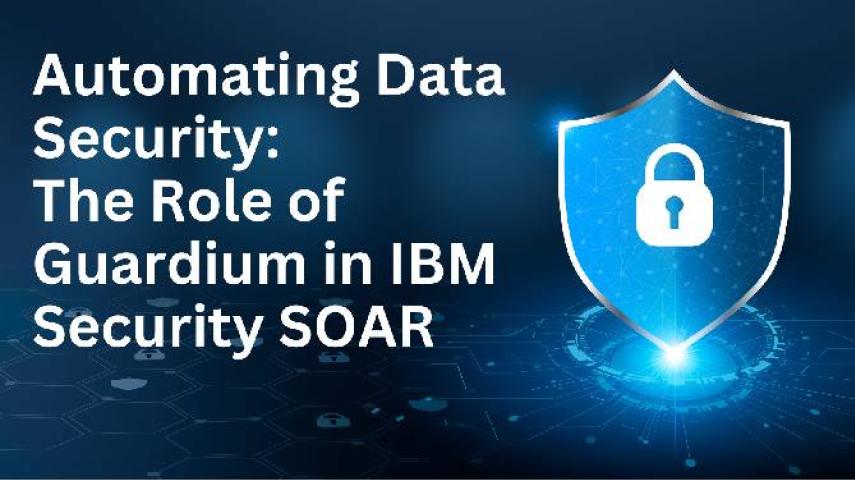In today’s distributed work environment, where enterprises operate from multiple locations, ensuring secure network access at branch offices is critical. CCNP Security training provides professionals with the essential knowledge to design, configure, and manage scalable and secure connectivity across remote branches. With the right tools and strategy, network engineers can mitigate threats, ensure high availability, and maintain compliance standards—right from the branch level.
The Importance of Secure Branch Office Connectivity
Branch offices are integral parts of an enterprise's infrastructure, yet they are often the most vulnerable. Without proper security design, they can become easy targets for cybercriminals. These locations usually connect back to headquarters or data centers through public internet or MPLS, increasing exposure. Therefore, a well-planned security architecture isn’t just ideal—it’s essential.
From securing user access and device onboarding to safeguarding data traffic through encrypted tunnels, the scope of network security at branch offices has significantly evolved. Today’s network professionals must adopt zero-trust principles, identity-based access, and automated policy enforcement to build a reliable branch security model.
Core Elements of Branch Office Network Security
A secure branch network design revolves around several core components:
1. Secure WAN Edge
Modern branch architectures are shifting towards SD-WAN for flexibility and cost-efficiency. However, securing this edge involves configuring firewalls, enabling IPsec VPNs, and integrating cloud security solutions like Cisco Umbrella. Through CCNP Security topics such as SD-WAN integration and dynamic routing security, professionals learn how to handle these evolving architectures.
2. Strong Authentication and Authorization
Implementing secure access begins with verifying identities. Branch offices should utilize identity services engines like Cisco ISE to enforce user/device authentication through 802.1X, RADIUS, or TACACS+. Role-based access control (RBAC) further segments privileges, allowing only authorized users to access certain resources.
3. VPN Tunneling and Encrypted Traffic
To securely transmit data between branch offices and headquarters, professionals use IPsec and SSL VPNs. Firewalls such as Cisco ASA or Firepower Threat Defense (FTD) are configured to enforce encryption policies. These setups are comprehensively covered in CCNP Security labs and real-world use cases.
4. Next-Gen Firewall Integration
Branch offices must deploy NGFWs to inspect traffic, block malicious content, and enforce policy rules. With Firepower's advanced threat detection and application visibility, administrators can safeguard against sophisticated attacks. The CCNP Security curriculum emphasizes how to deploy and manage these tools effectively.
5. Endpoint and IoT Security
Securing endpoints and IoT devices is vital in branch environments where visibility may be limited. Endpoint Detection and Response (EDR) tools, along with network segmentation, help isolate threats. Cisco solutions like AMP for Endpoints and TrustSec are explored deeply within CCNP Security modules.
Cisco Solutions for Branch Office Security
Cisco’s portfolio provides integrated solutions for branch security design. These include:
Cisco Secure Firewall for perimeter and internal defense
Cisco SD-WAN for secure, scalable WAN connectivity
Cisco ISE for centralized access control and identity management
Cisco Umbrella for DNS-layer protection and secure internet access
Cisco AnyConnect for seamless, secure remote access
When strategically combined, these solutions provide a holistic security framework that aligns with CCNP Security learning paths.
Key Considerations for Branch Network Design
When designing secure network access for branch offices, keep the following in mind:
Scalability: The solution should easily support new users, applications, and devices without requiring redesign.
Visibility: Real-time traffic and behavior monitoring are critical for identifying anomalies early.
Automation: Policy automation reduces errors and ensures consistent enforcement across sites.
Compliance: Ensure the architecture complies with industry standards like ISO 27001, HIPAA, or PCI DSS.
Disaster Recovery: Redundant connections and failover strategies must be in place for uninterrupted service.
Training is Key: Why CCNP Security Matters
Learning how to secure a branch office environment requires more than theoretical knowledge. With CCNP Security training, network engineers and architects gain hands-on experience with Cisco security devices, access control frameworks, and VPN configurations tailored for modern branch scenarios. The certification not only validates skills but also equips professionals to handle real-world security challenges efficiently.
Whether you are configuring a small remote site or integrating dozens of branches into a secure corporate network, CCNP Security gives you the confidence and capabilities to design with precision.
Conclusion: The Future of Secure Branch Networking
Branch offices will continue to play a vital role in enterprise networking. However, without a strong security foundation, these locations pose a significant risk. Investing in well-designed network access strategies ensures that branch operations are resilient, efficient, and secure.
CCNP Security serves as a critical stepping stone for professionals aiming to master the art of securing distributed networks. By combining Cisco technologies with strategic design principles, organizations can future-proof their branch offices while staying ahead in the cybersecurity curve.







